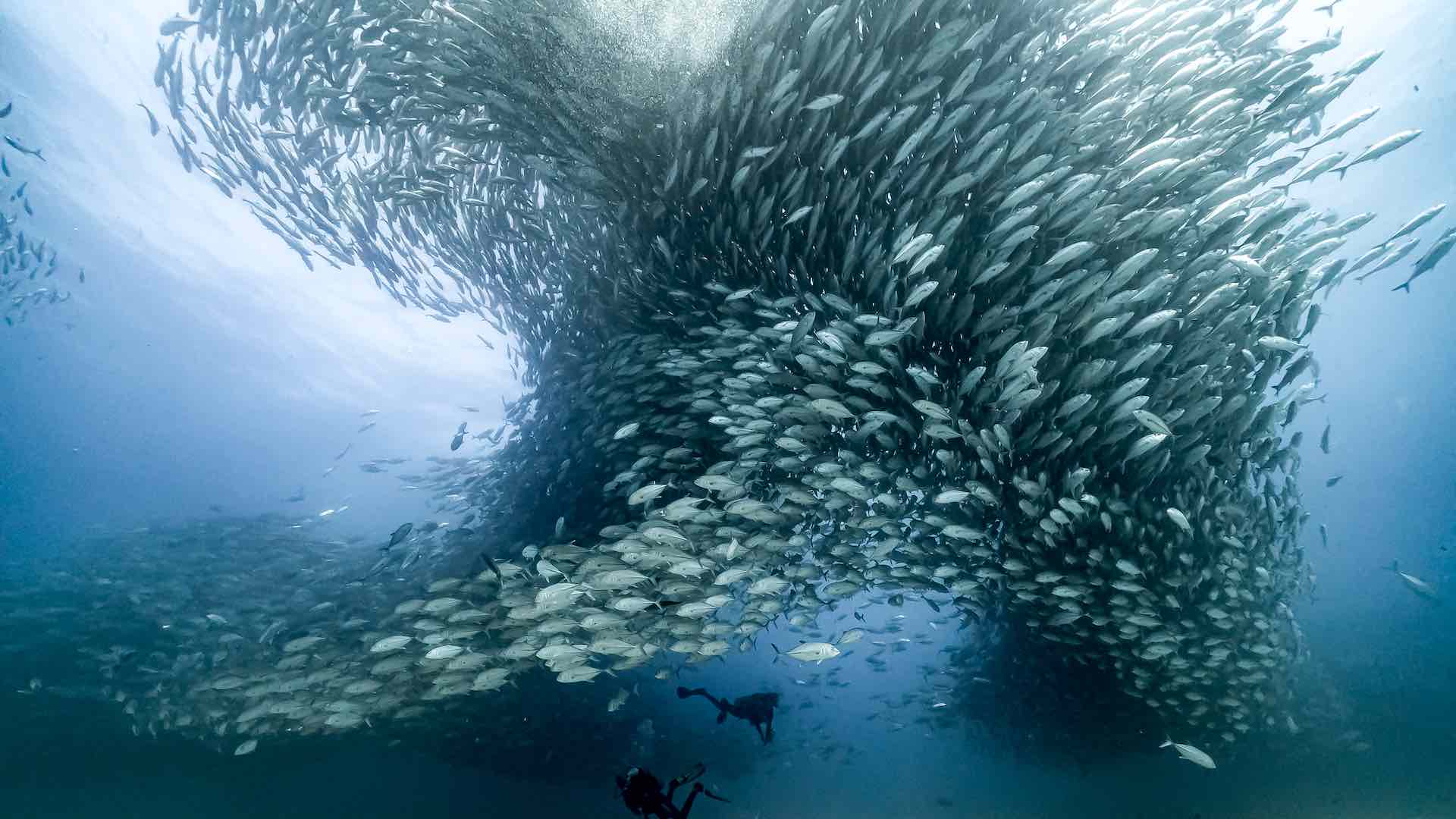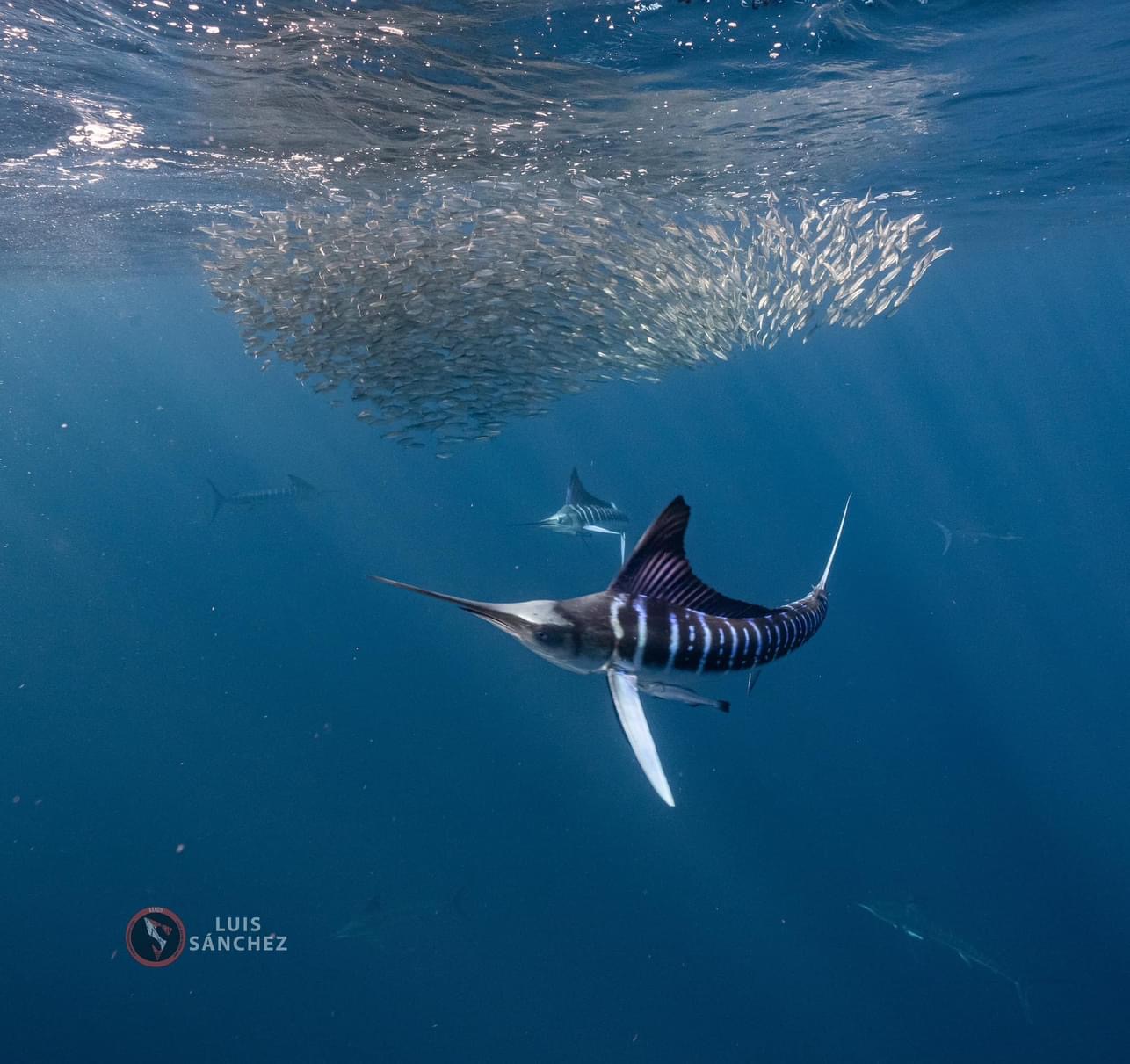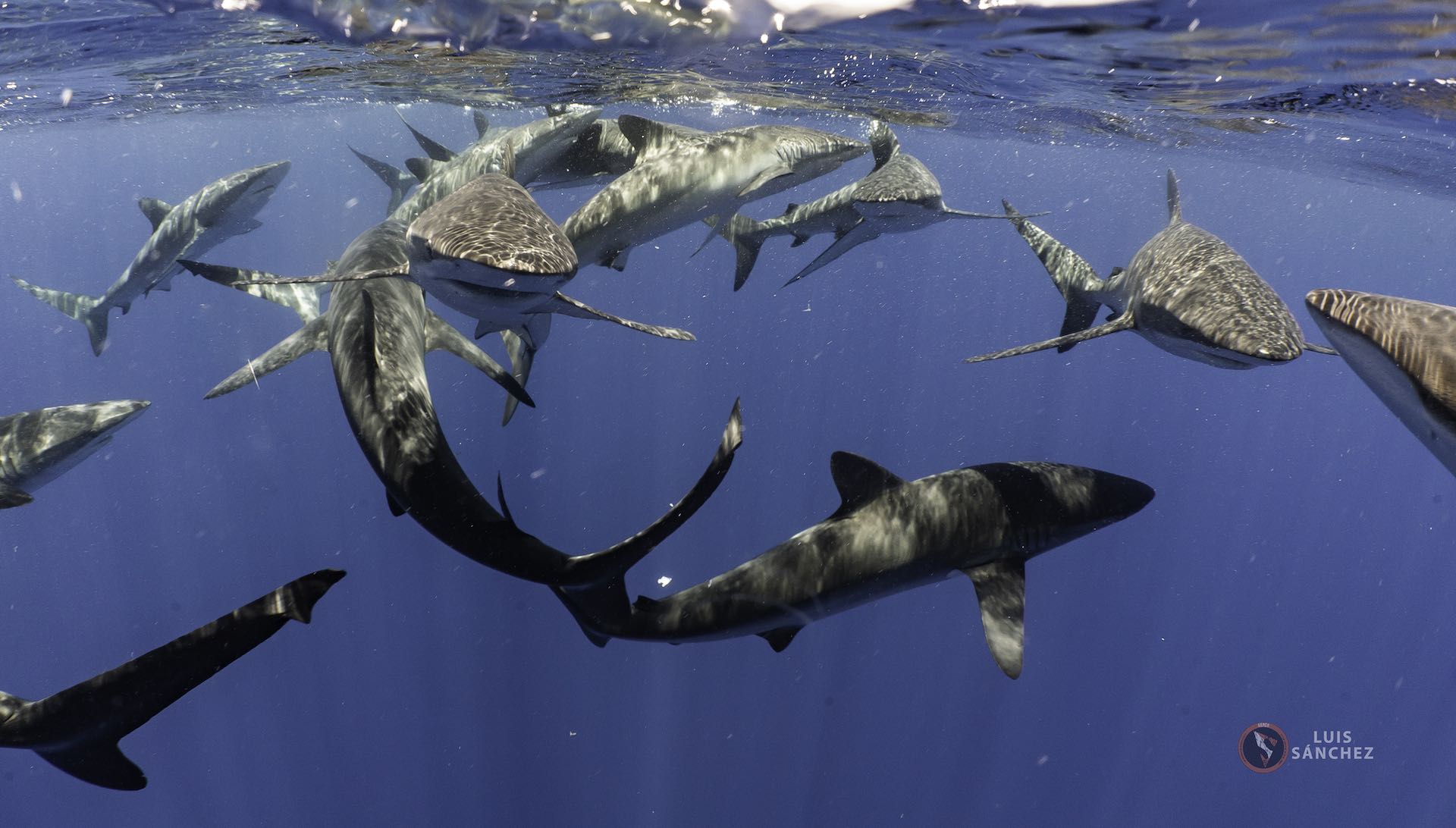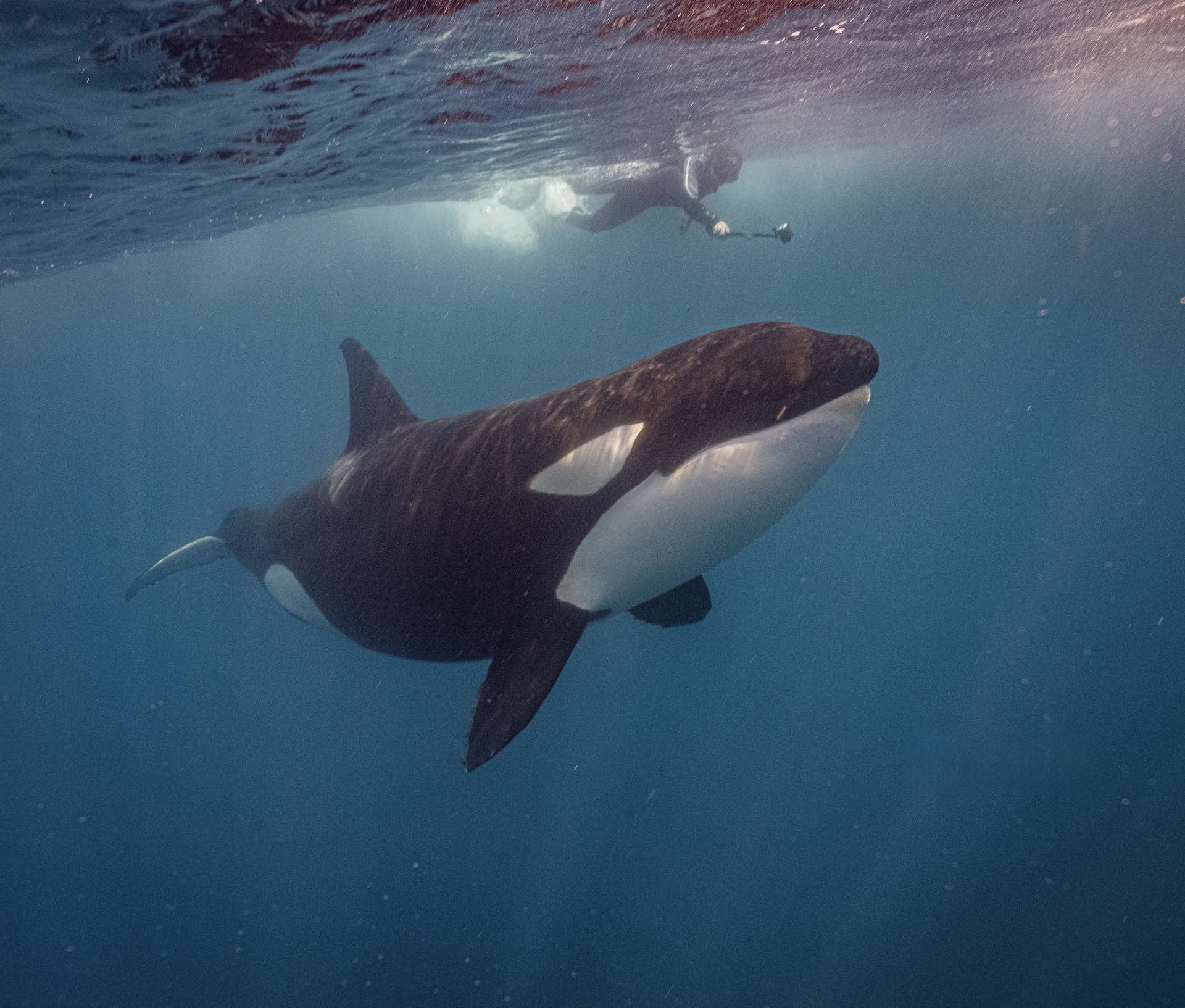Many visitors and even many scuba divers are unaware of the spectacular diving opportunities available in the freshwater caverns known as “cenotes,” in addition to the popular dive sites on the coral reefs.
Cenotes are geological features that result from the collapse of the ceiling of a flooded limestone cave. The eastern states of Quintana Roo and Yucatán in Mexico are home to a multitude of these distinctive formations. A substantial number of cenotes are interconnected by the most extensive flooded cave system that has been unearthed to date, which spans an impressive 346 kilometers (215 miles) in length.
As one descends into a cenote, the clarity of the freshwater is immediately evident. In numerous cenotes is so profound that it creates the optical illusion of swimming through the air.
The interplay of sunlight filtering through the canopy of trees above results in the creation of luminous beams that dance within the aqueous environment. The cavernous walls are often adorned with dramatic rock formations, including the distinctive sharp stalagmites and stalactites found in dry caves.
Some cenotes exhibit a discernible halocline, characterized by the presence of a layer of fresh water situated over a layer of salt water.
Diving into a cenote is sure to leave a lasting impression on any traveler.
It’s time to experience the sacred waters of the Riviera Maya. The offered accommodation plan can be considered flexible within the given travel dates and the location is Playa del Carmen.





